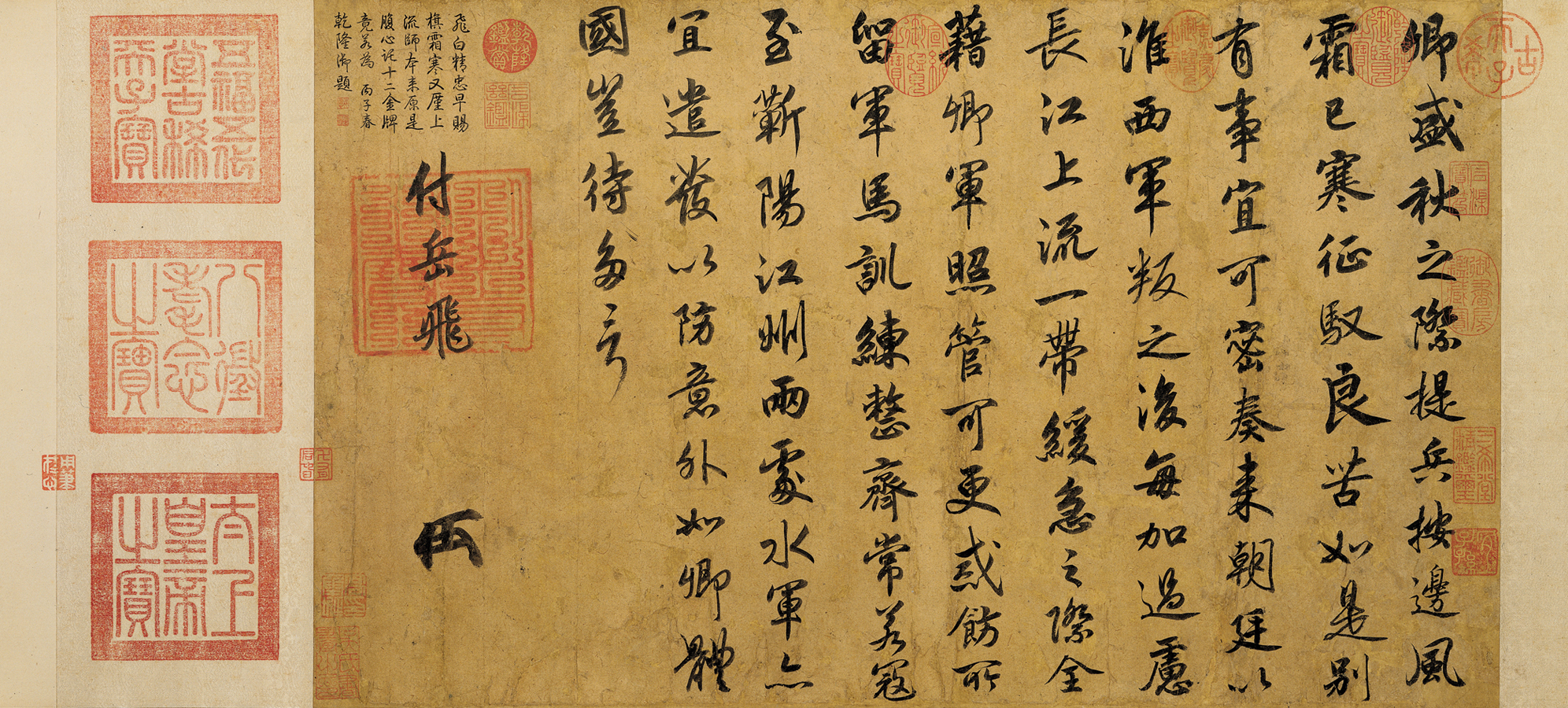|
Imperial Memorial
A memorial to the throne () was an official communication to the Emperor of China. They were generally careful essays in Classical Chinese and their presentation was a formal affair directed by government officials. Submission of a memorial was a right theoretically available to everyone from the Crown Prince to a common farmer, but the court secretaries would read them aloud to the emperor and exercised considerable control over what was considered worthy of his time. They were used in imperial China as a means of regulating corrupt local officials who might otherwise have escaped oversight.Brook33 Han dynasty Under the Han dynasty, generally, the reception of memorials was the responsibility of the Imperial Secretary tasked with overseeing provincial administration. He was generally required to present any formal memorials, but could reject them for improper formatting.Wang (1949), 148–149. Masters of Writing under the Minister Steward then copied and processed these ... [...More Info...] [...Related Items...] OR: [Wikipedia] [Google] [Baidu] |
Official Communications Of The Chinese Empire
official communications in imperial China, the era which lasted from the 221 BC until AD 1912, required predictable forms and means. Documents flowed down from the Emperor to officials, from officials to the Emperor, from one part of the bureaucracy to others, and from the Emperor or his officials to the people. These documents, especially memorials to the throne, were preserved in collections which became more voluminous with each passing dynasty and make the Chinese historical record extraordinarily rich. This article briefly describes the major forms and types of communication going up to and down from the emperor. Edicts, orders, and proclamations to the people Under Chinese law, the emperor's edicts had the force of law. By the time the Han dynasty established the basic patterns of bureaucracy, edicts or commands could be issued either by the emperor or in the emperor's name by the proper official or unit of the government. Important edicts were carved on stone tablets f ... [...More Info...] [...Related Items...] OR: [Wikipedia] [Google] [Baidu] |
